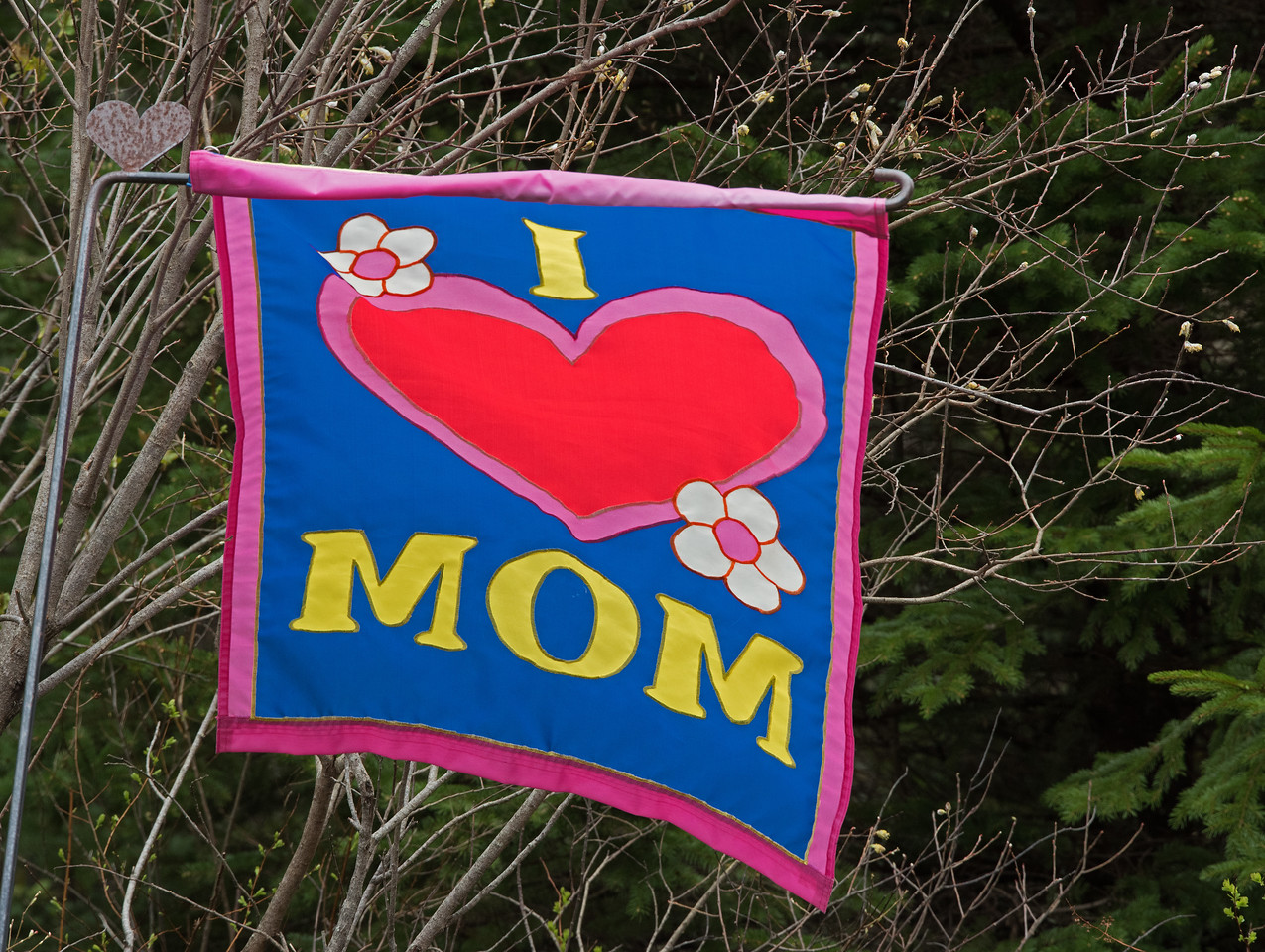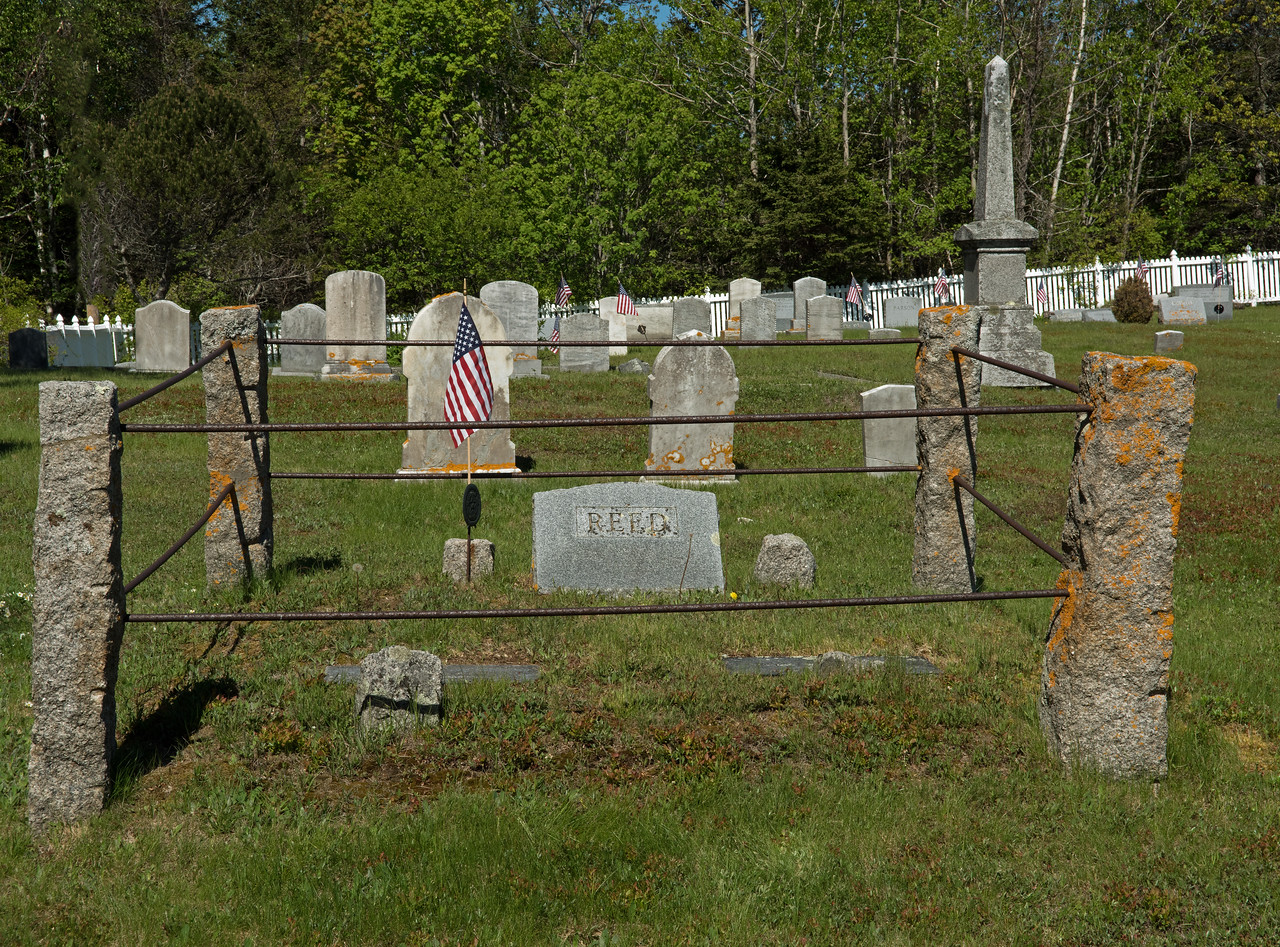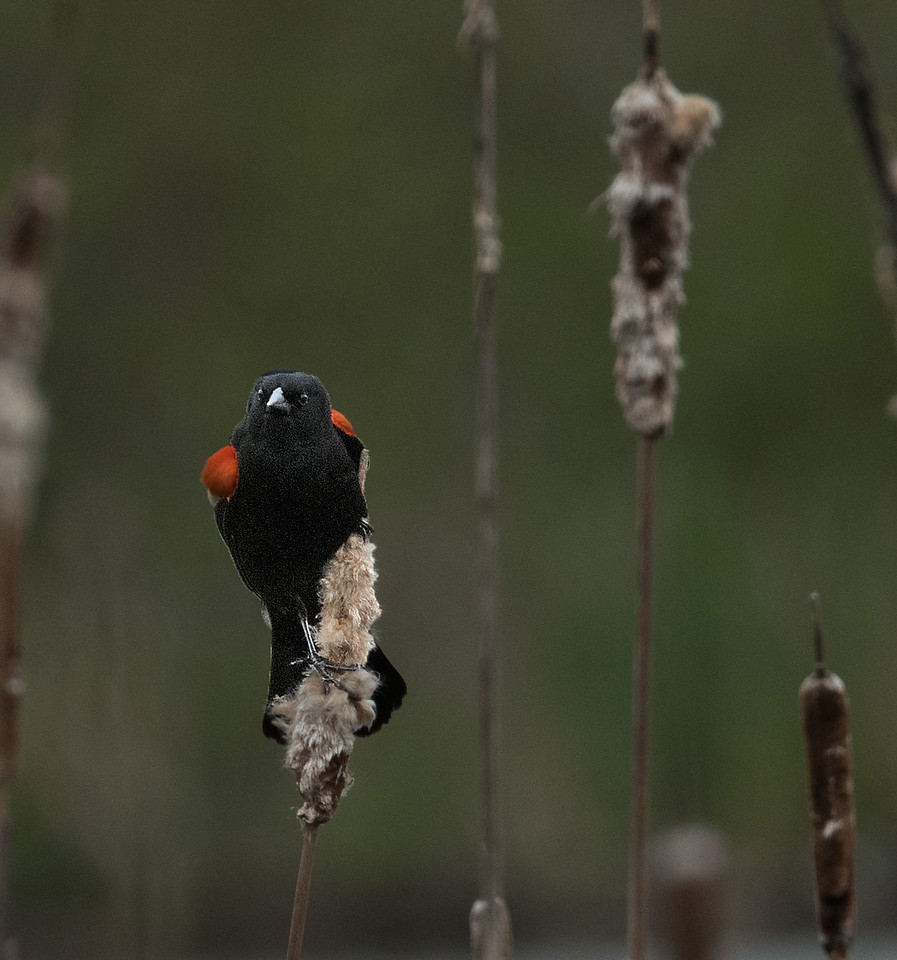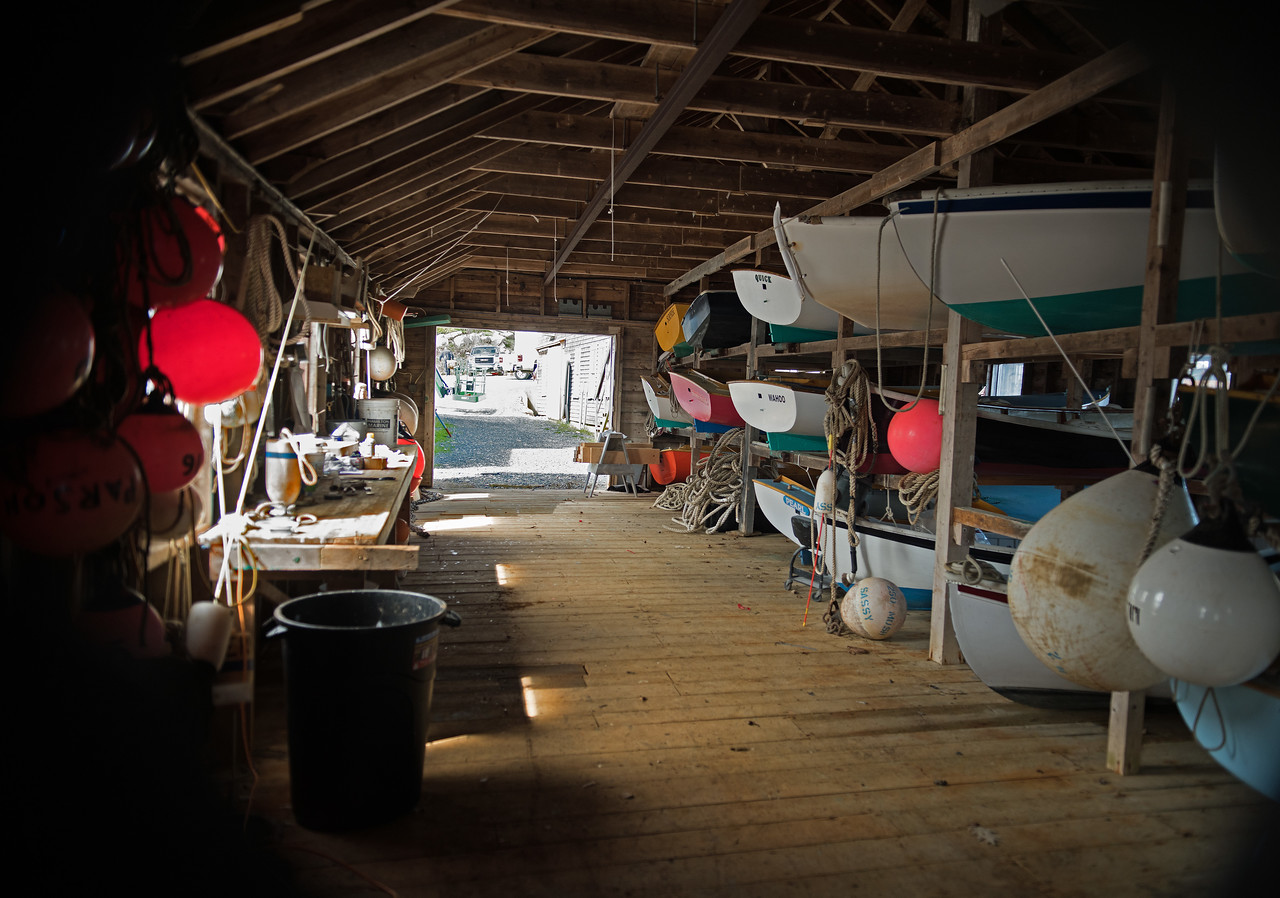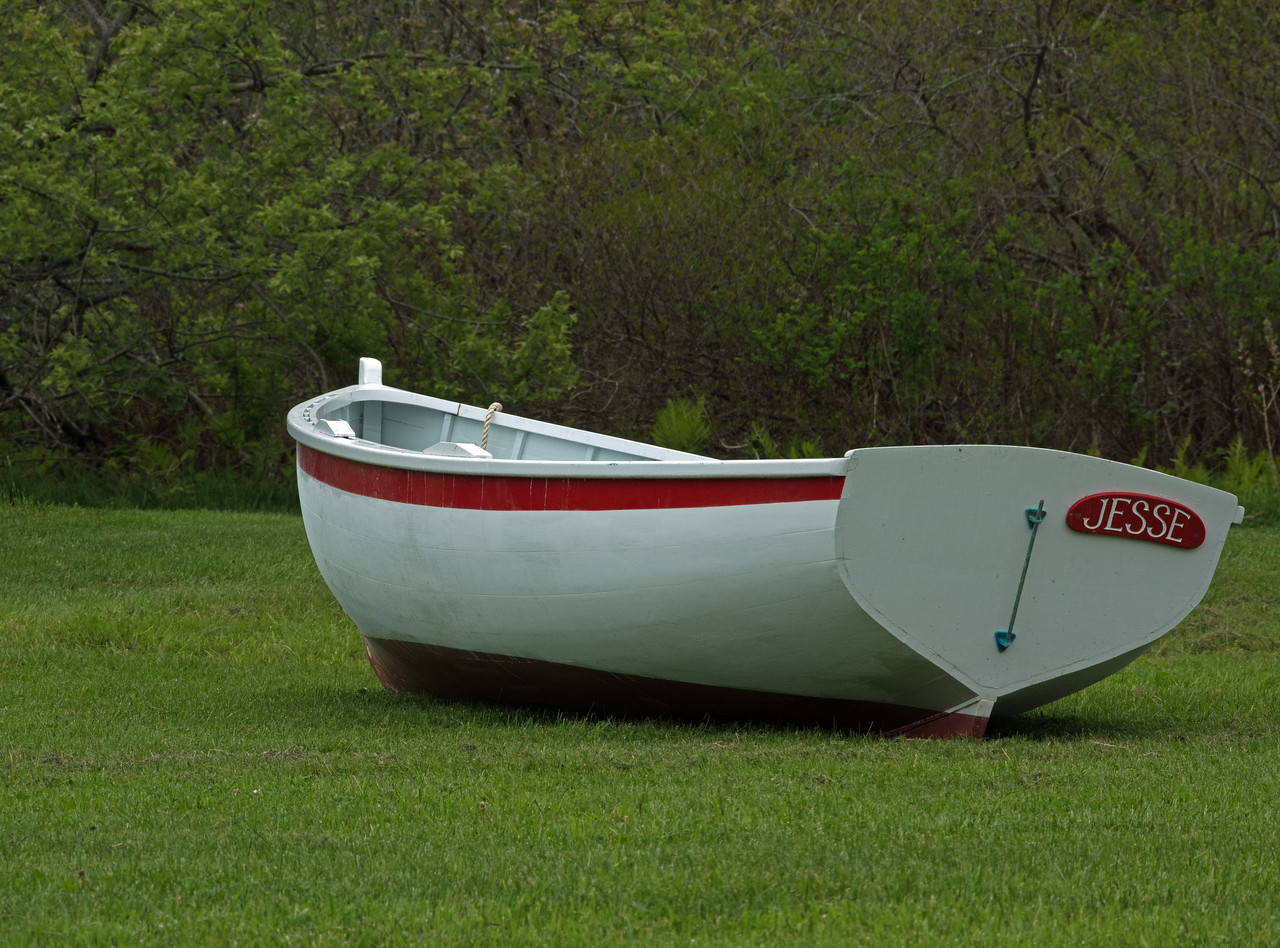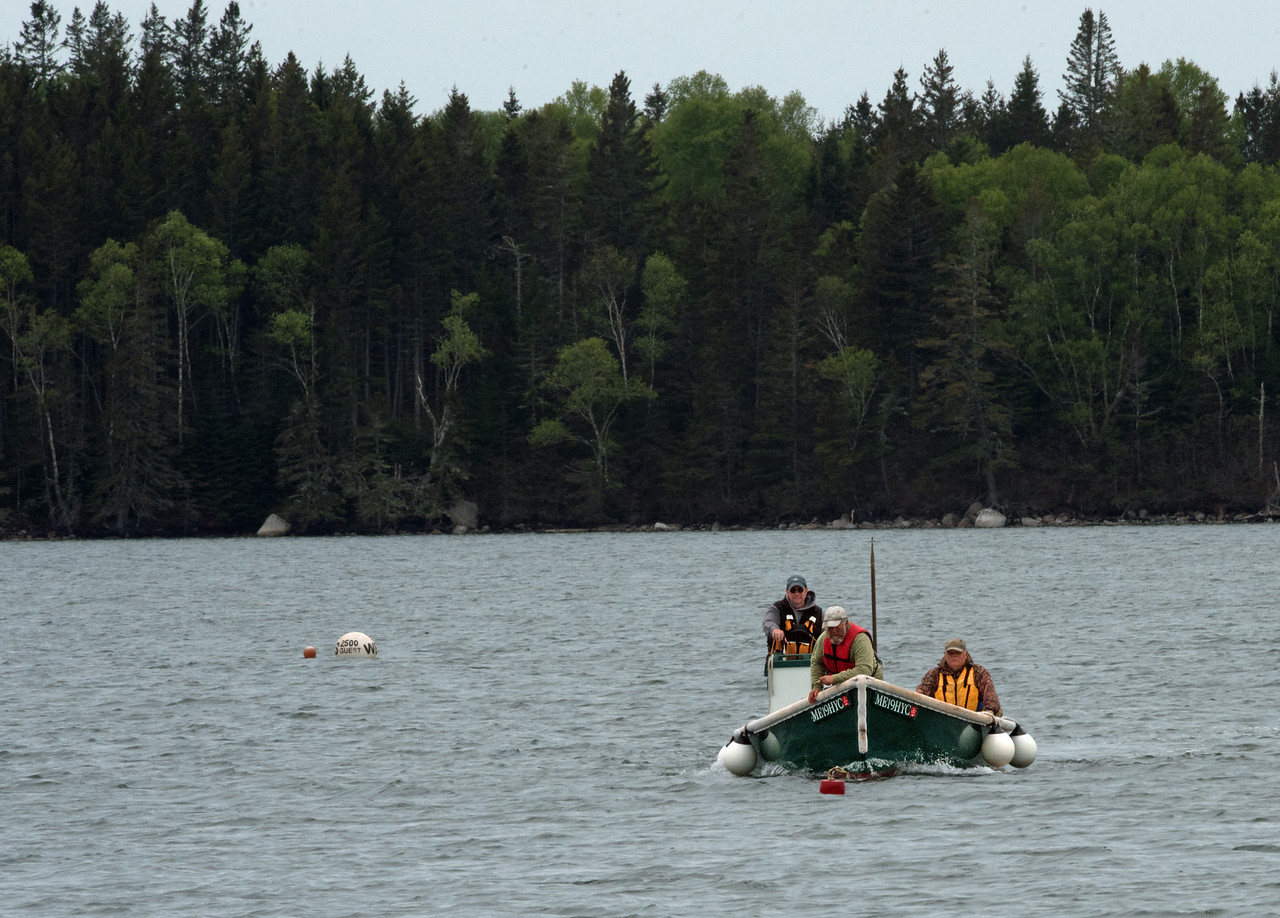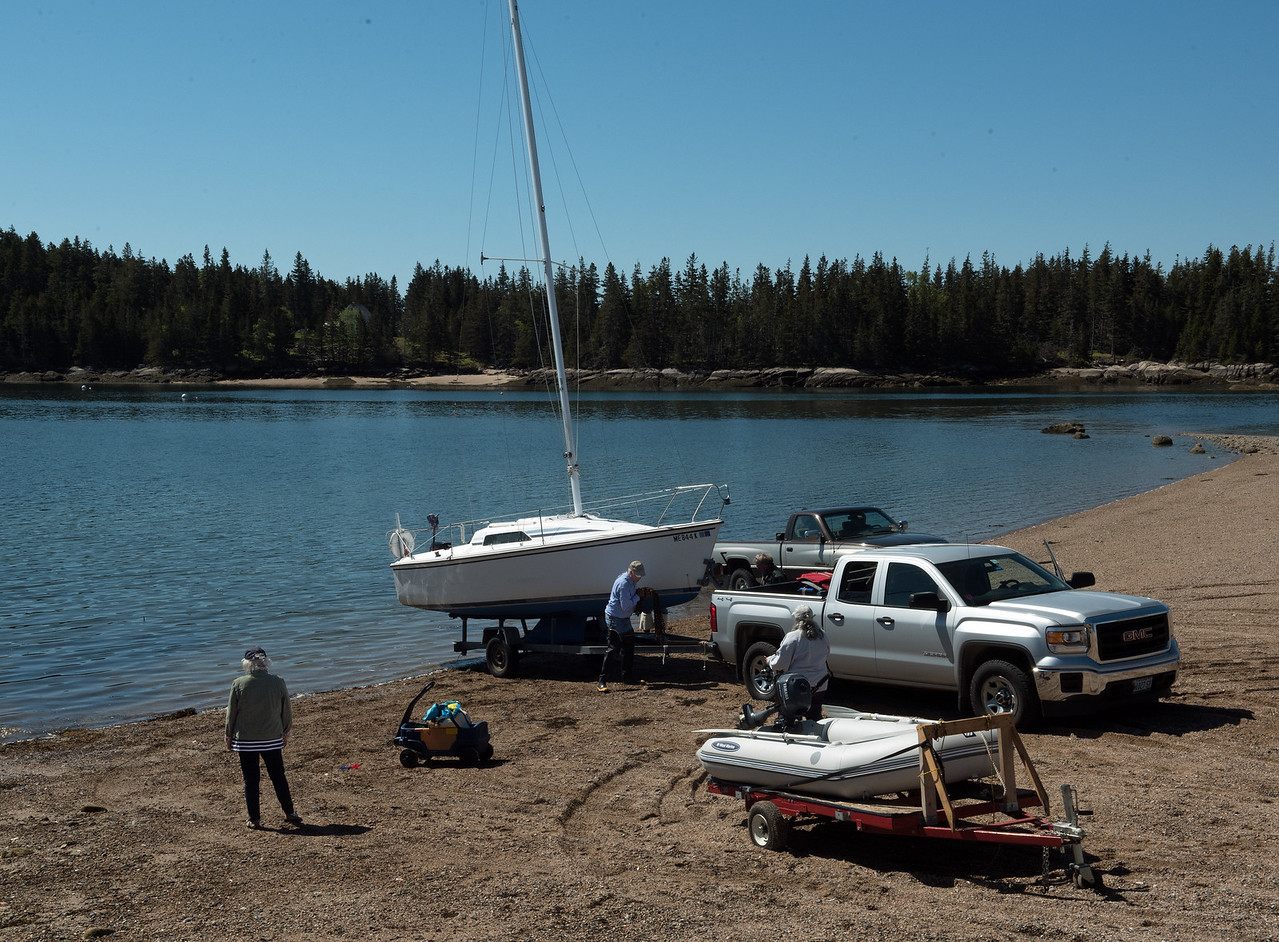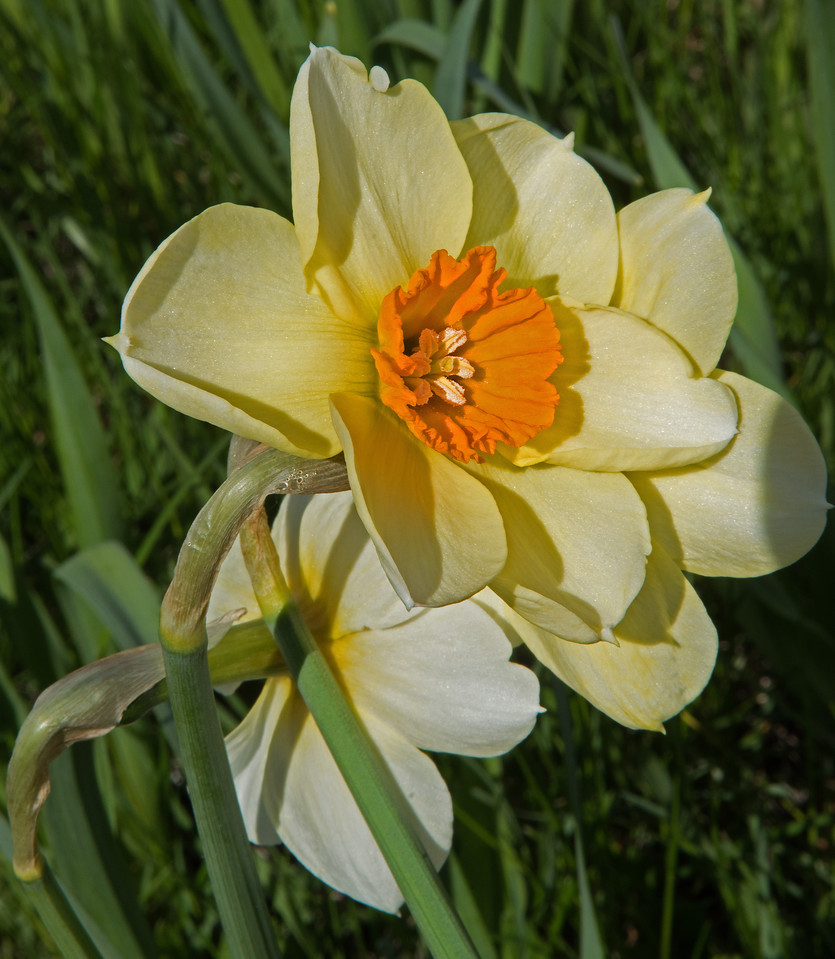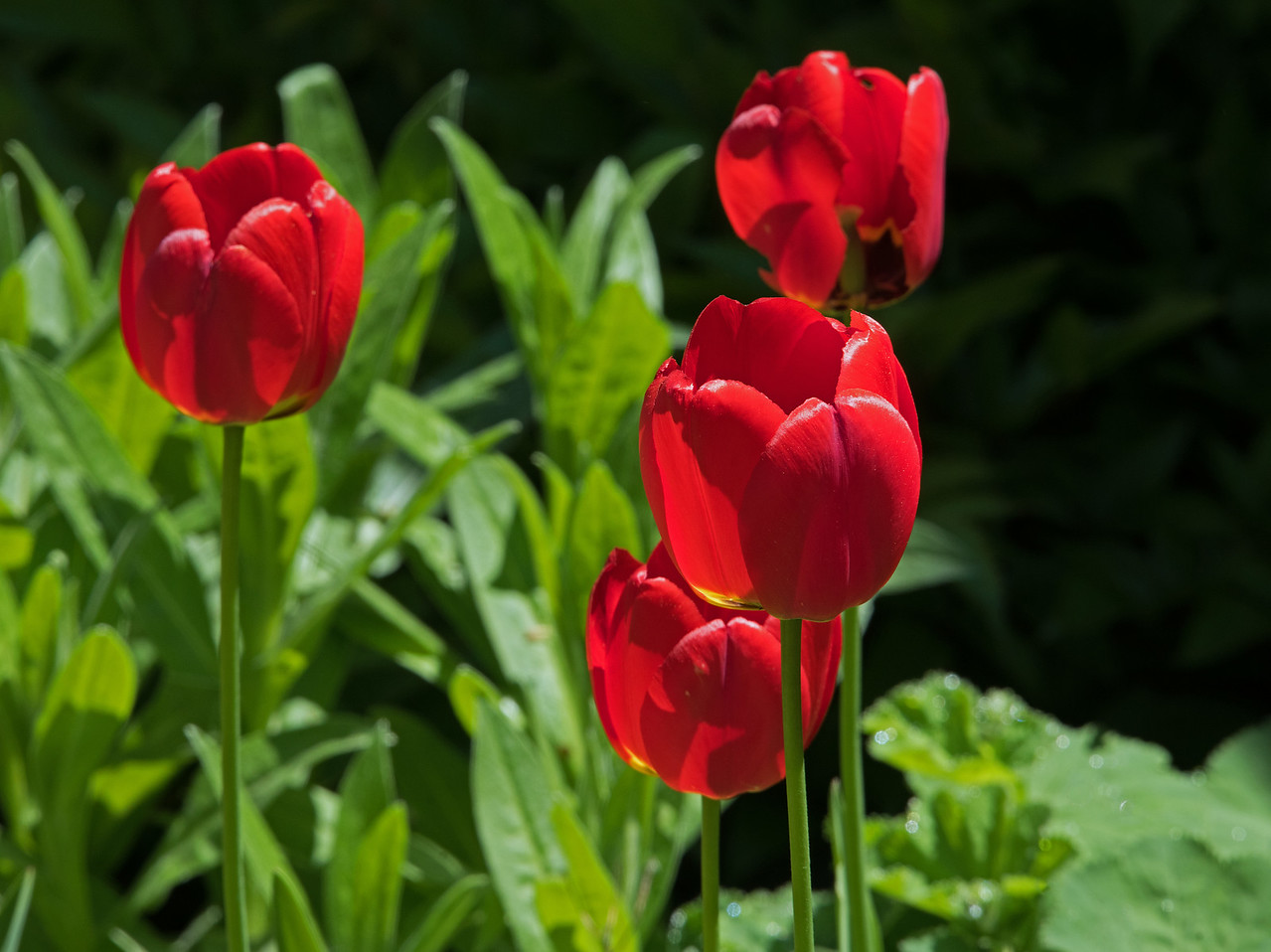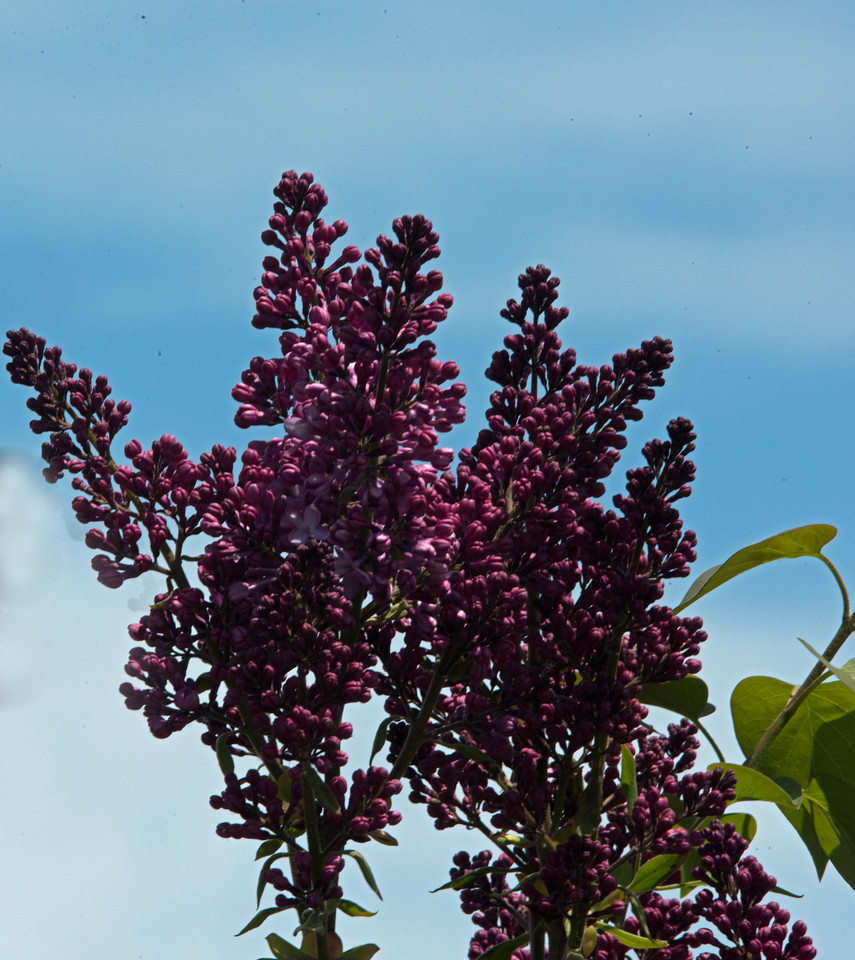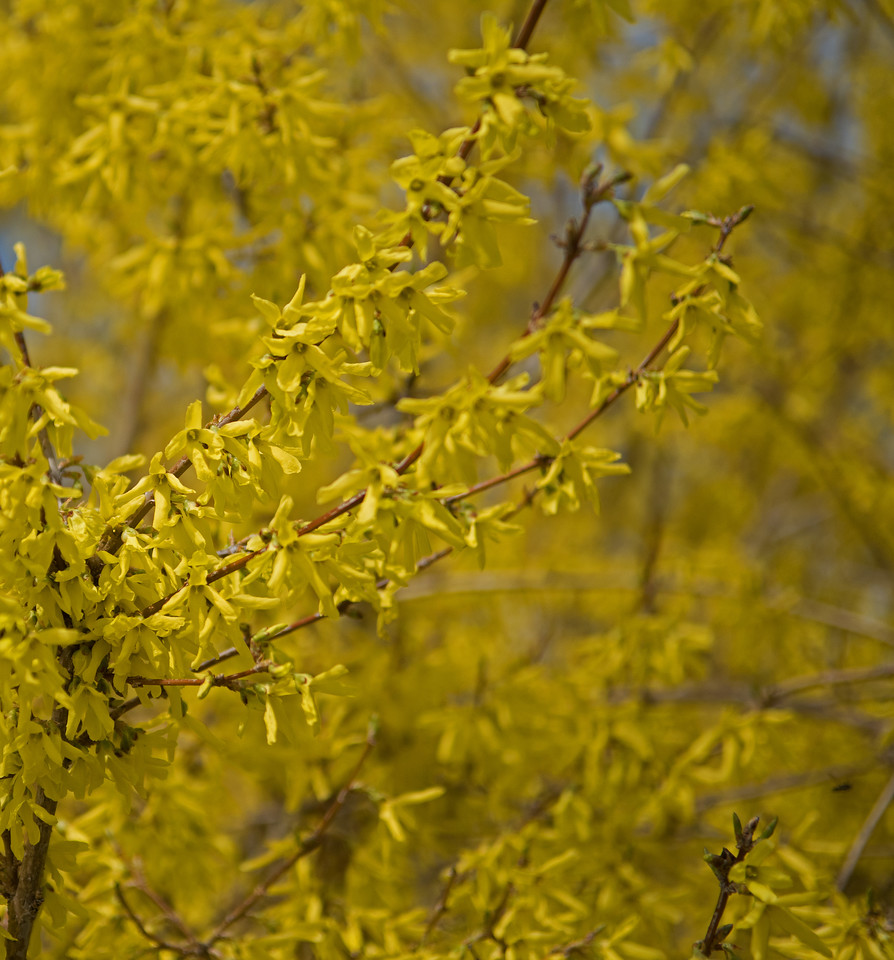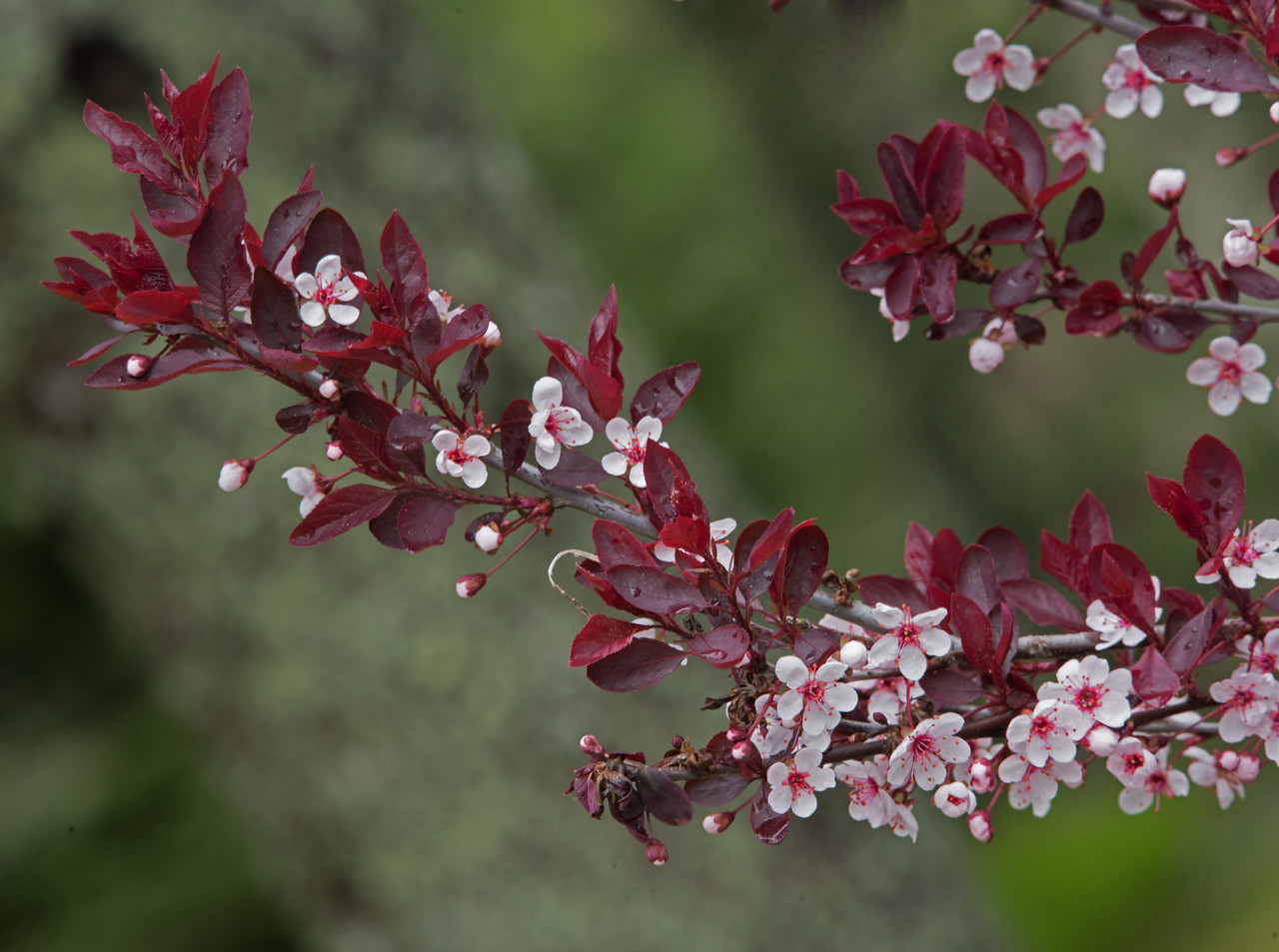It’s raining, but softly. So, we go into the North Field, as planned, to see if we can sort out the fast-growing wild flowers, grasses, sedges, and rushes. As usual, we become overwhelmed and focus on something we know a little about: Wild Lupines.
Their luminescent flowers are in the process of sheathing the plant’s spearhead from the bottom up, transforming the weapon image into a little blue Christmas tree.
Pronounced LEW-pin, this plant also is known as the Quaker Bonnets Plant, due to the shape of its flower pods. Its real name, derived from the Latin Lupinus, is not so quaint: It means “of a wolf,” referring to the plant’s ravenous attacks on its docile neighbors.
Nonetheless, lupines are legumes and, for centuries, their beans have been eaten after being brined to take out toxins. (Brooklin, Maine)














